Photo by: Pixabay user Geralt
Coronavirus and air pollution | Coronavirus and heatwaves | Preventing Pandemics at the Source
Coronavirus, Climate Change, and the Environment
A Conversation on COVID-19 with Dr. Aaron Bernstein, Former Director of Harvard Chan C-CHANGE
Below are some of the most common questions we have been receiving in relation to the environment and coronavirus 2019 (COVID-19).
This page will continue to be updated as new information arises. If you would like to talk to someone at our center about coronavirus, please email us at cchange-media@hsph.harvard.edu.
For the latest updates, guidance, useful information, and resources about COVID-19 from the Harvard Chan Community, click here.
QUESTIONS:
-
-
- Does climate change affect the transmission of coronavirus?
- Does air pollution increase the risk of getting coronavirus? Does it make symptoms worse?
- Will warmer weather slow the spread of coronavirus?
- How likely are we to see infectious disease spread as a result of climate change?
- Why are emerging infectious diseases on the rise?
- What actions can we take to prevent future outbreaks?
- Can you identify the communities most at-risk, and how and why both COVID-19 and climate change harms them?
- Why is it so important for health officials to talk about climate change now?
- Climate change and global health policy are largely treated as separate issues by the public and media. Do we need to adjust our thinking?
- COVID-19 is killing people now and climate change is killing people now. The scale of actions to combat them are starkly different. Why?
- Is climate change too expensive to fix?
-
Does climate change affect the transmission of coronavirus?
We don’t have direct evidence that climate change is influencing the spread of COVID-19, but we do know that climate change alters how we relate to other species on Earth and that matters to our health and our risk for infections.
As the planet heats up, animals big and small, on land and in the sea, are headed to the poles to get out of the heat. That means animals are coming into contact with other animals they normally wouldn’t, and that creates an opportunity for pathogens to get into new hosts.
Many of the root causes of climate change also increase the risk of pandemics. Deforestation, which occurs mostly for agricultural purposes, is the largest cause of habitat loss worldwide. Loss of habitat forces animals to migrate and potentially contact other animals or people and share germs. Large livestock farms can also serve as a source for spillover of infections from animals to people. Less demand for animal meat and more sustainable animal husbandry could decrease emerging infectious disease risk and lower greenhouse gas emissions.
We have many reasons to take climate action to improve our health and reducing risks for infectious disease emergence is one of them.
Does air pollution increase the risk of getting coronavirus? Does it make symptoms worse?
Recent research from Rachel Nethery, Xiauo Wu, Francesca Dominici and other colleagues at Harvard Chan has found that people who live in places with poor air quality are more likely to die from COVID-19 even when accounting for other factors that may influence risk of death such as pre-existing medical conditions, socioeconomic status, and access to healthcare.
This finding is consistent with prior research that has shown that people who are exposed to more air pollution and who smoke fare worse with respiratory infections than those who are breathing cleaner air, and who don’t smoke.
In places where air pollution is a routine problem, we have to pay particular attention to individuals who may be more exposed or vulnerable than others to polluted air, such as the homeless, those who don’t have air filtration in their homes, or those whose health is already compromised. These individuals may need more attention and support than they did even before coronavirus came along.
For those interested in research papers on air pollution and virus transmission:
-
-
- Exposure to air pollution and COVID-19 mortality in the United States (Harvard University, preprint, 2019). This study found that a small increase in long-term exposure to PM2.5 leads to a large increase in COVID-19 death rate.
- Measuring the impact of air pollution on respiratory infection risk in China (Environmental Pollution, 2018). This study found that worse air quality in China may increase transmission of infections that cause influenza-like illnesses.
- The association between respiratory infection and air pollution in the setting of air quality policy and economic change (Annals of the American Thoracic Society, 2019). A study of nearly 500,000 New York residents found that higher particulate matter air pollution levels increased the chances of hospitalization for pneumonia and emergency deparment visits, especially for influenza.
- Airborne transmission may have played a role in the spread of 2015 highly pathogenic avian influenza outbreaks in the United States (Scientific Reports, 2019). Researchers have found that several viruses, including adenovirus and influenza virus, can be carried on air particles. This recent paper finds that particulate matter likely contributed to the spread of the 2015 avian influenza.
- Relationship between ambient air pollution and daily mortality of SARS in Beijing (Biomedical and Environmental Sciences, 2005). During the SARS epidemic in 2003, this study found that increases in particulate matter air pollution increased risks of dying from the disease. SARS is a coronavirus, like COVID-19.
-
Will warmer weather slow the spread of coronavirus?
We don’t yet have a sense of what the changing weather will mean for COVID-19 and so we shouldn’t rely upon warmer weather to curtail transmissions. We need to do everything we can right now to slow the spread of this disease, and that means we need to follow the advice that public health experts are telling us and practice social distancing and good hand hygiene, among other actions.
How likely are we to see infectious disease spread as a result of climate change?
Climate change has already made conditions more favorable to the spread of some infectious diseases, including Lyme disease, waterborne diseases such as Vibrio parahaemolyticus which causes vomiting and diarrhea, and mosquito-borne diseases such as malaria and dengue fever. Future risks are not easy to foretell, but climate change hits hard on several fronts that matter to when and where pathogens appear, including temperature and rainfall patterns. To help limit the risk of infectious diseases, we should do all we can to vastly reduce greenhouse gas emissions and limit global warming to 1.5 degrees.
Why are emerging infectious diseases on the rise?
We have seen a trend of greater emergence of infectious diseases in recent decades. Most of these diseases have entered into people from animals, especially wild animals. This trend has many causes. We have massive concentrations of domesticated animals around the world, some of which can be home to pathogens, like the flu, that can make people sick. We also have massive concentrations of people in cities where diseases transmitted by sneezing may find fertile ground. And we have the ability to travel around the globe in less than a day and share germs widely.
But a look at the origins of COVID reveals that other forces may be in play. In the past century we have escalated our demands upon nature, such that today, we are losing species at a rate unknown since the dinosaurs, along with half of life on earth, went extinct 65 million years ago. This rapid dismantling of life on earth owes primarily to habitat loss, which occurs mostly from growing crops and raising livestock for people. With fewer places to live and fewer food sources to feed on, animals find food and shelter where people are, and that can lead to disease spread.
Another major cause of species loss is climate change, which can also change where animals and plants live and affect where diseases may occur. Historically, we have grown as a species in partnership with the plants and animals we live with. So, when we change the rules of the game by drastically changing the climate and life on earth, we have to expect that it will affect our health.
What actions can we take to prevent future outbreaks?
We can make many smart investments to avert another outbreak. Federal, state, and local agencies can support public health leadership and science, we can provide more funding for needed research, early response to outbreaks, and supplies for testing. And we can do much more to control the illegal wildlife trade.
We also need to take climate action to prevent the next pandemic. For example, preventing deforestation—a root cause of climate change—can help stem biodiversity loss as well as slow animal migrations that can increase risk of infectious disease spread. The recent Ebola epidemic in West Africa probably occurred in part because bats, which carried the disease, had been forced to move into new habitats because the forests they used to live in had been cut down to grow palm oil trees.
Rethinking our agricultural practices, including those that rely on raising tens of millions of animals in close quarters, can prevent transmissions between animals and spillover into human populations.
Reducing air pollution caused by burning fossil fuels like coal, oil and natural gas also helps keep our lungs healthy, which can protect us from respiratory infections like coronavirus.
To combat climate change, we need to drastically decrease greenhouse gas emissions. Generating electricity from low-carbon energy sources like wind and solar decreases harmful air pollutants such as nitrogen oxides, sulfur dioxide, and carbon dioxide that lead to more heart attacks and stroke as well as obesity, diabetes, and premature deaths that put further strains on our health care systems.
Preparation for pandemics is also about keeping people healthy at baseline. If we have a population in the U.S. where a third of our population are obese, and 5-10% of people have diabetes, we’re going to be immensely more vulnerable. And if you look at why people in the U.S. are not healthy at baseline, it has to do with our diets, pollution, and climate change. We have an opportunity here to recognize that prevention is by far the best approach to protecting health.
When COVID-19 eases, and we are ready to restart our economy, we can make our workforce healthier and more climate-resilient through scaling-up our investments in low-carbon technologies.
Can you identify the communities most at-risk, and how and why both COVID-19 and climate change harms them?
People with chronic health conditions, lower-income, and communities of color are disproportionately impacted by both COVID-19 and climate change, and pollution is at the heart of both problems as a new Harvard T.H. Chan School of Public health study confirms. We know that African American communities are disproportionately exposed to air pollution and we’re now seeing this pollution driving higher mortality rates from COVID-19. We owe it to everyone to improve health, and we do that by reducing the sources of pollution that drive a large burden of disease both in the United States and around the world.
Why is it so important for health officials to talk about climate change now?
Having taken care of children and families who are deeply concerned about how they can protect their children from this disease, I can tell you that we need to wash our hands and we need to socially distance. But if we really care about preventing this kind of problem in the future, we need to think hard about climate change and the biodiversity crisis. I was actually in a room with a child and a family when I first thought that this is exactly the time that we need to think more about the broader issues that we face. We simply cannot afford to deal with a crisis like this pandemic on top of another climate-related crisis—like a hurricane, tornado, wildfire, or heatwave—when we absolutely know how to implement climate solutions, and can put them into action right now. Doing so will make us healthier today and protect our future.
Climate change and global health policy are largely treated as separate issues by the public and media. Do we need to adjust our thinking?
Yes. The separation of health and environmental policy is a dangerous delusion. Our health entirely depends on the climate and the other organisms we share the planet with. We need to bring these communities together. Some progress has been made in addressing the risk of pathogen spillover from animals into people. But largely we still view the environment, and life on earth, as separate. We can and must do better if we want to prevent the next infectious pandemic. That means we must combat climate change and do far more to safeguard the diversity of life on earth, which is being lost at a rate not seen since the dinosaurs—and more than half of life on earth—went extinct 65 million years ago.
COVID-19 is killing people now and climate change is killing people now. The scale of actions to combat them are starkly different. Why?
Infectious diseases are scary because they are immediate and personal. They radically and rapidly change how we lead our lives, and they are an immediate threat to our friends and families. They hit all of our “go” buttons.
Climate change seems to many an armageddon in slow motion and its dangers can feel impersonal and its causes diffuse. It’s easy to think “I didn’t cause this” or that “it doesn’t directly affect me.” But there’s another way to look at it. Like COVID-19, if you’re concerned about climate change, you can take actions right now to improve your health and the health of your friends and loved ones.
We can learn from this pandemic that people are motivated by the personal and the actionable. At Harvard Chan C-CHANGE, our research shows that the actions we need to combat climate change are the same actions we need to make people healthier right now, especially for diseases causing huge burdens on our health like obesity, heart disease, and cancer. We need to do much more to talk about the “burden of disease” that’s preventable, and the things we can do now to prevent it.
Is climate change too expensive to fix?
We spend just over $3 trillion every year in the United States on health care. And by some estimates, more than half the deaths in the United States are preventable, largely because of pollution, diet, exercise, and lifestyle habits like smoking. So think about the money we could save simply by reducing air pollution, eating less meat, and building exercise into our day by walking or biking more often. We could use the savings to invest in preventing climate change, among other things like education, and paying fair wages.
When you look at this question purely from a financial standpoint, air pollution is a drag on economic growth and solutions to address have been enormously cost-effective in the United States. In 2011, a study by the Environmental Protection Agency that looked at the costs and benefits of the Clean Air act found that every $1 invested to reduce air pollution returns up to $30 in benefits. The only thing our health and our economy can’t afford is climate inaction.
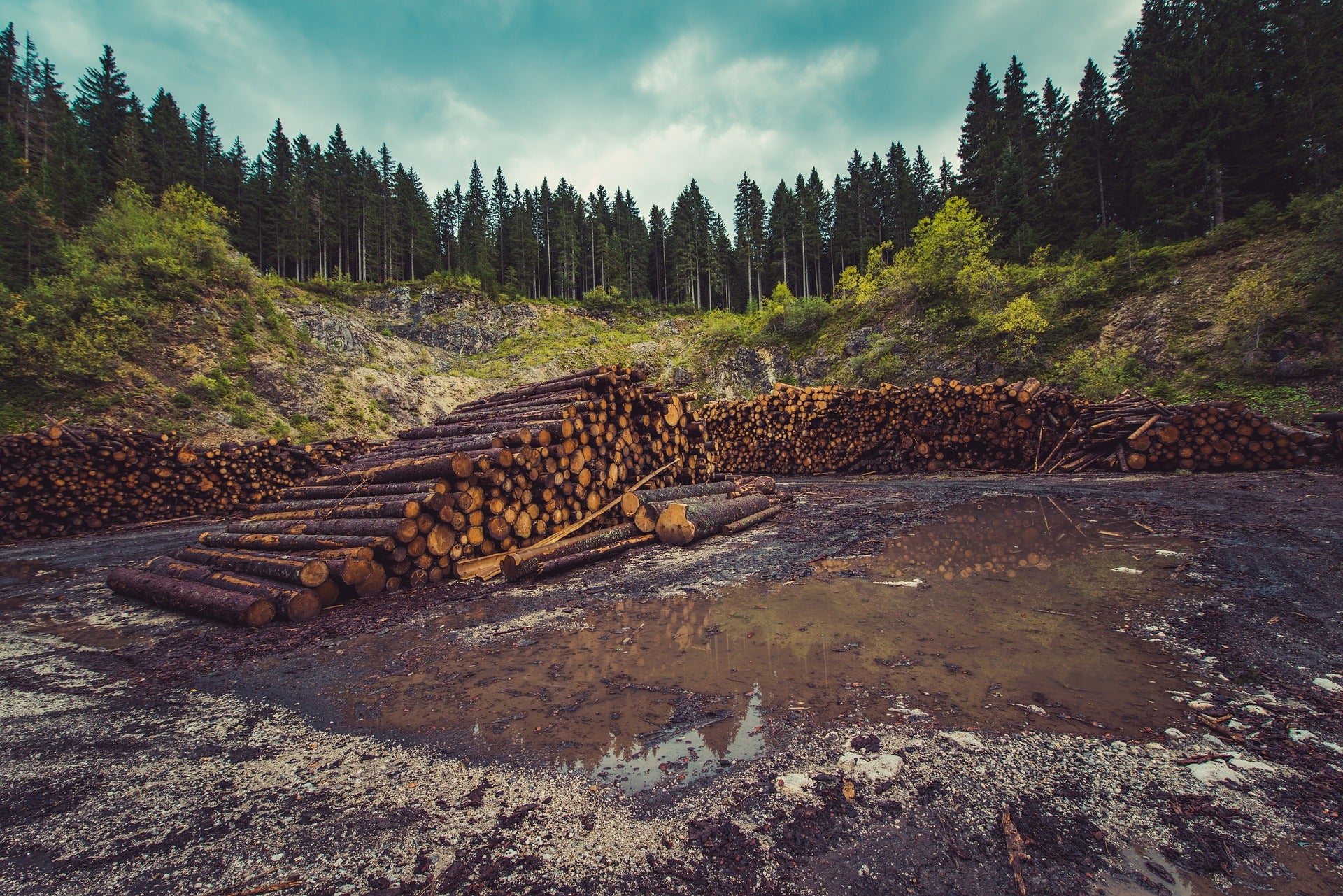
Solutions for preventing the next pandemic
The cost of preventing the next pandemic is 2% of the cost we’re paying for COVID-19.
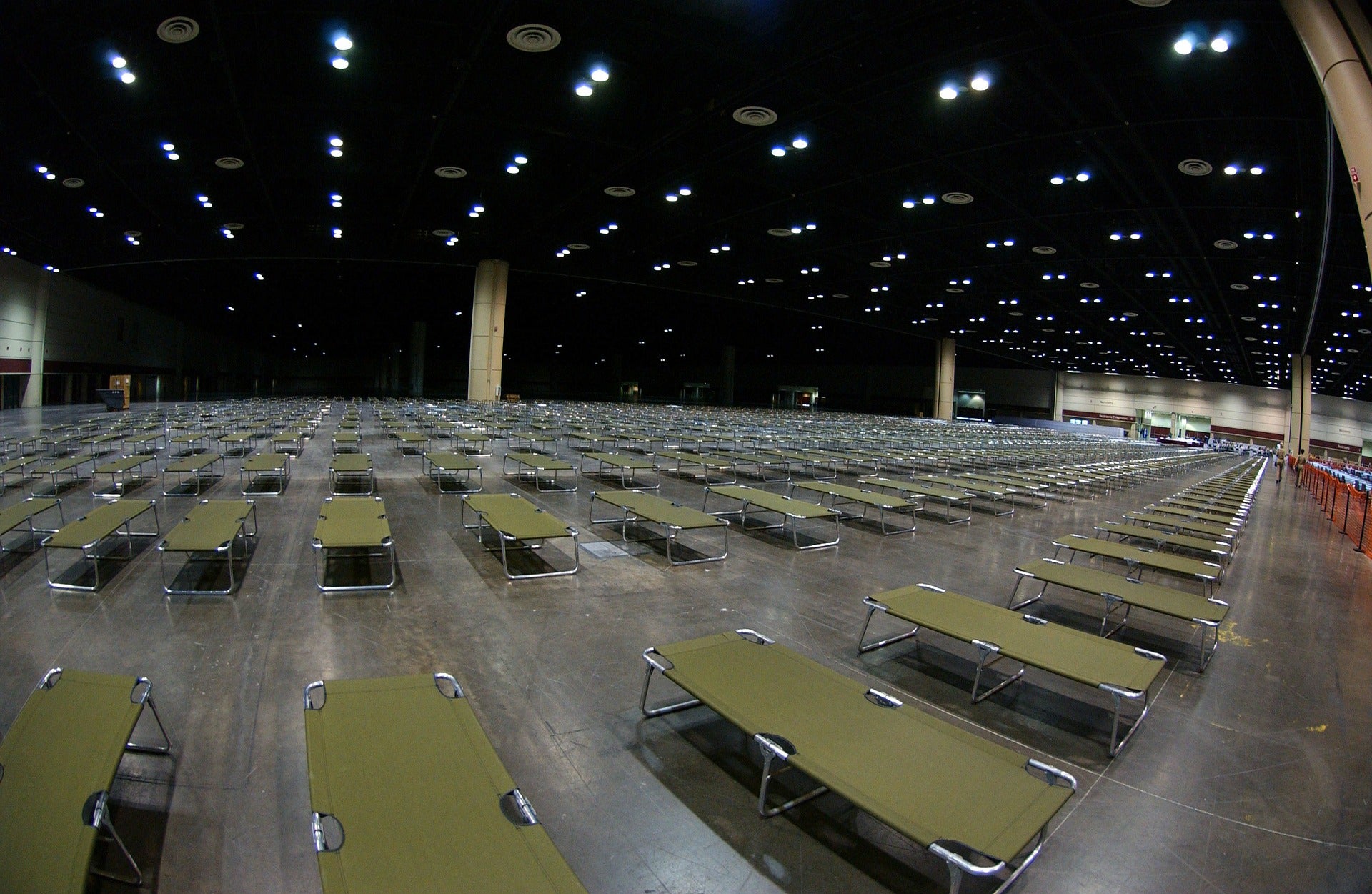
The climate crisis and COVID-19—A major threat to the pandemic response
Strategies for local communities and states to reduce the risk of COVID-19 transmission during climate-related extreme events like heat waves, hurricanes, and wildfires.
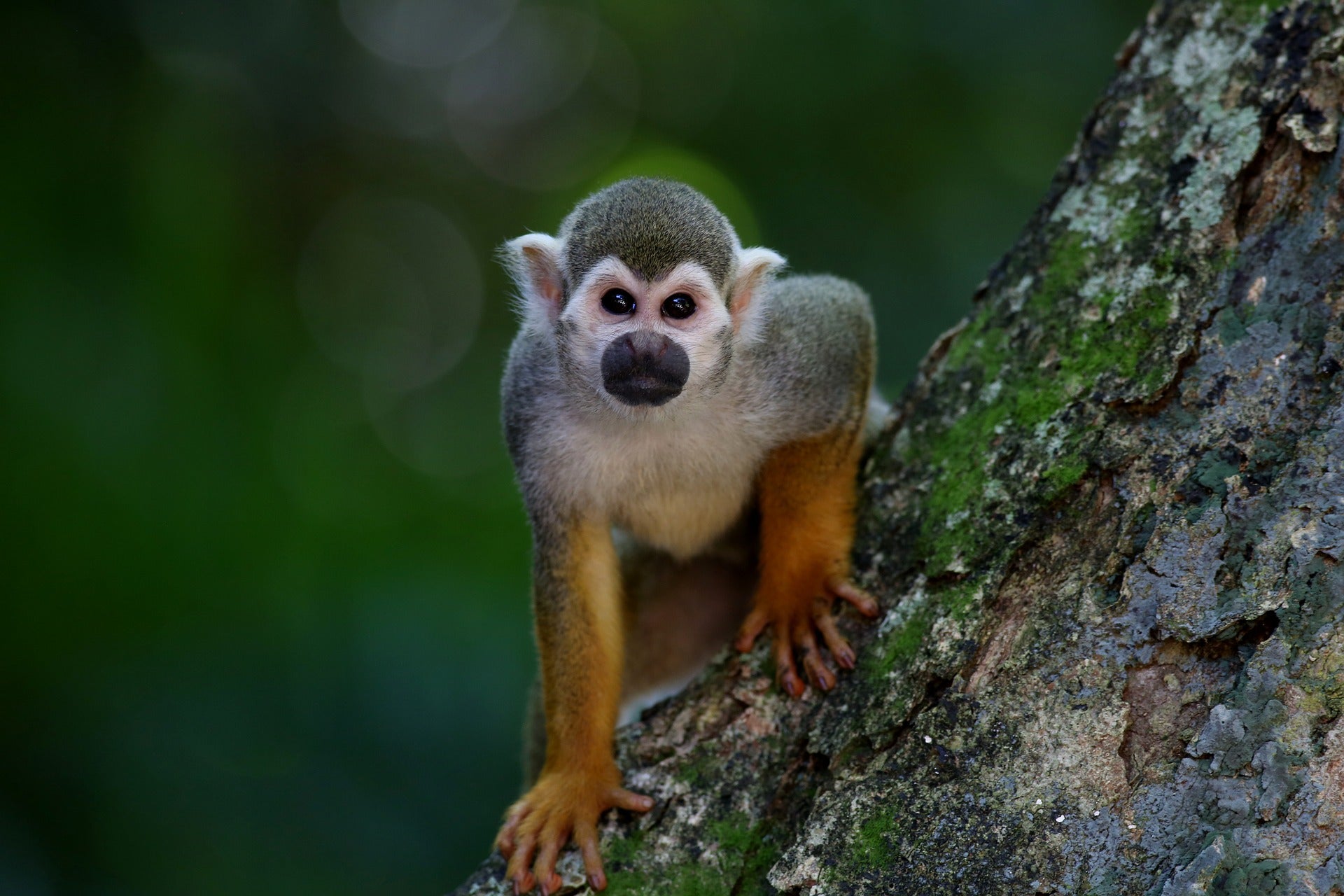
As Covid-19 cases rise, global task force lays out how to avert future pandemics
New report suggests that investing in conservation, improving agricultural practices, and strengthening healthcare systems can help prevent future pandemics.
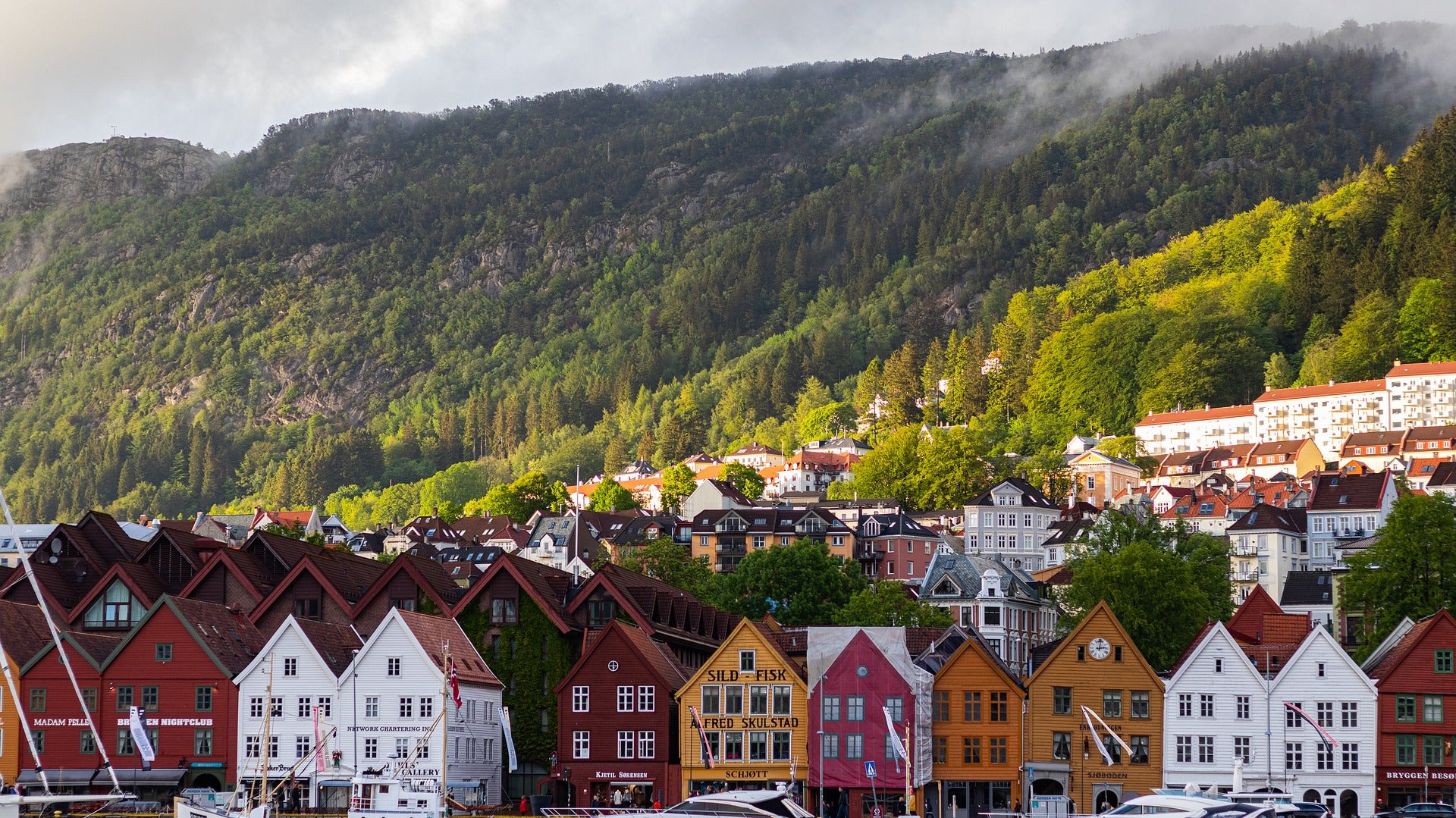
Harvard launches international task force to prevent future pandemics
Our Director, Dr. Aaron Bernstein, discusses the Scientific Task Force to Prevent Pandemics at the Source, which aims to prevent pandemics by reducing the likelihood of infectious diseases transferring from animals to humans.
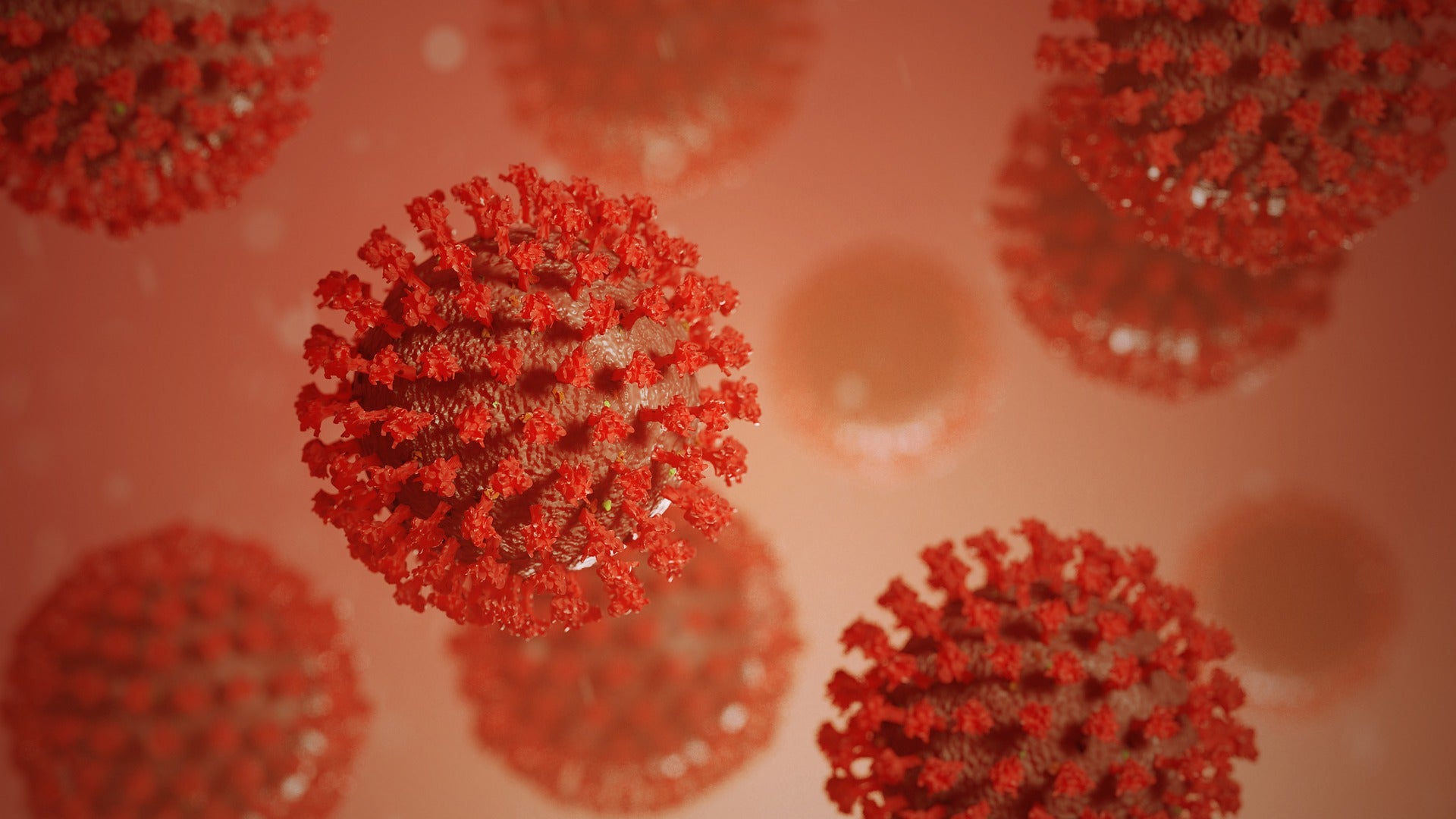
Climate change impact on COVID-19, deadly diseases
On an episode of the Insight podcast, our Director, Dr. Aaron Bernstein discusses the impact of climate change on COVID-19 and other infectious diseases.
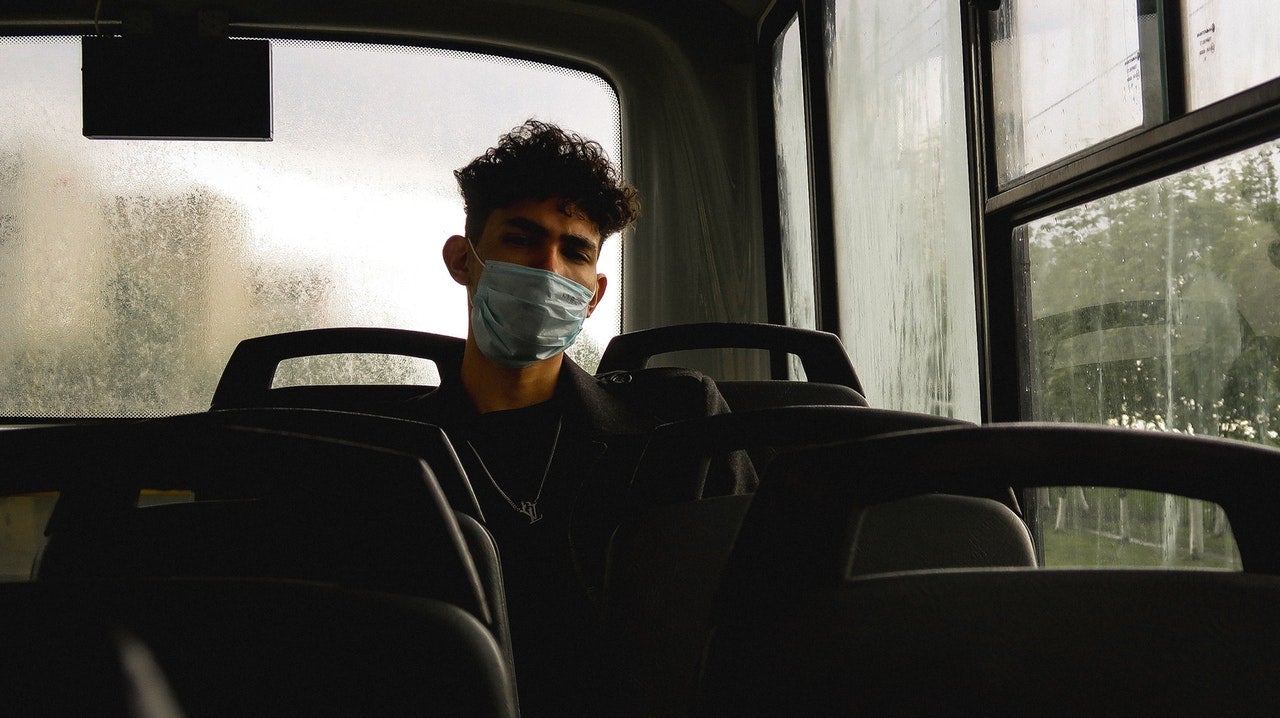
Climate change or COVID-19: Which is a greater threat to our health?
"Rather than focus on comparing the scale of these catastrophes, we should heed the lessons of our experience with COVID-19 as we face a changing climate and future pandemics," says Dr. Caleb Dresser.
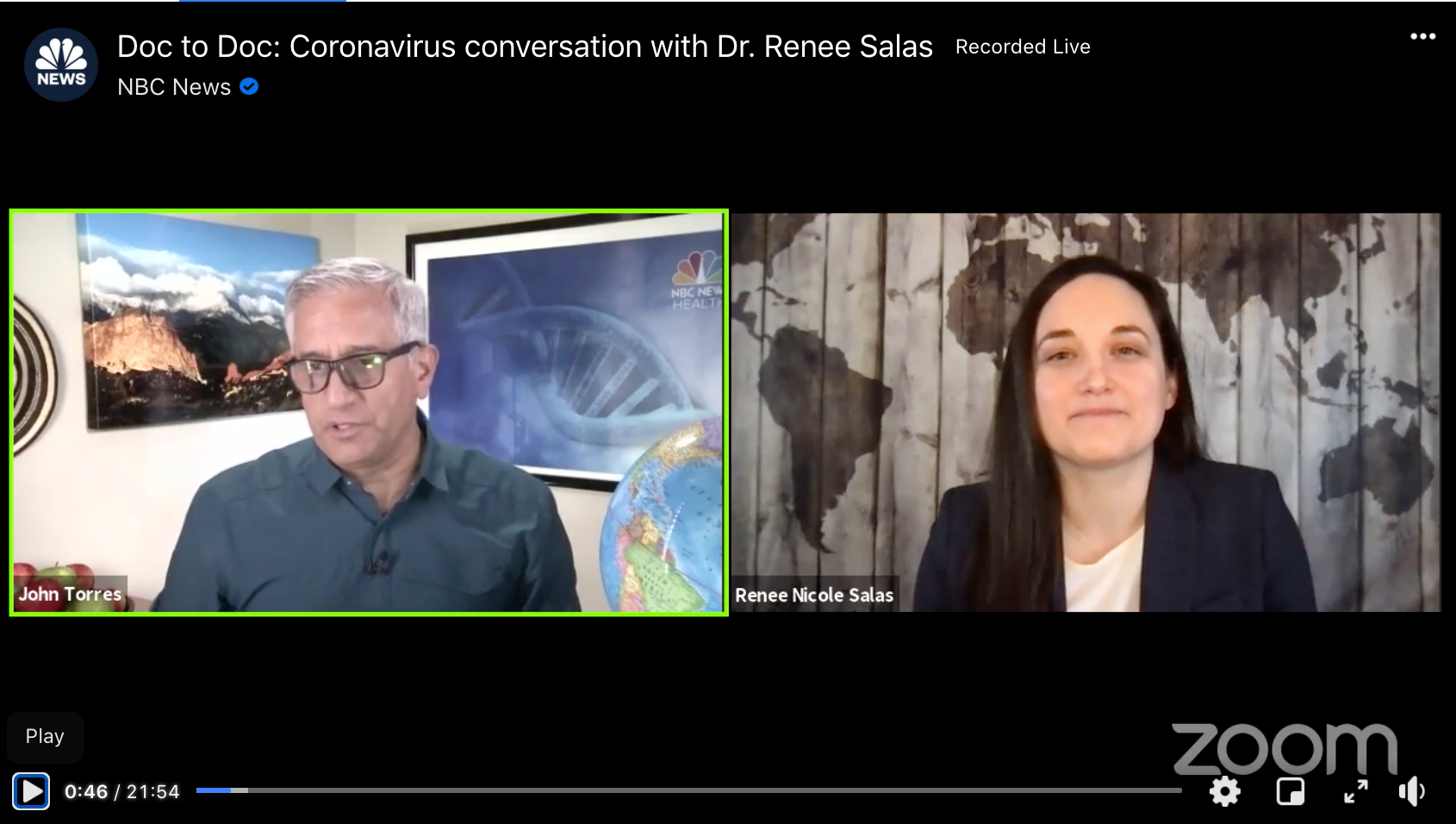
Doc to Doc: Coronavirus conversation with Dr. Renee Salas
Dr. John Torres interviews our ClimateMD leader Dr. Renee Salas about the connections between Covid and climate for NBC News' Doc to Doc series.
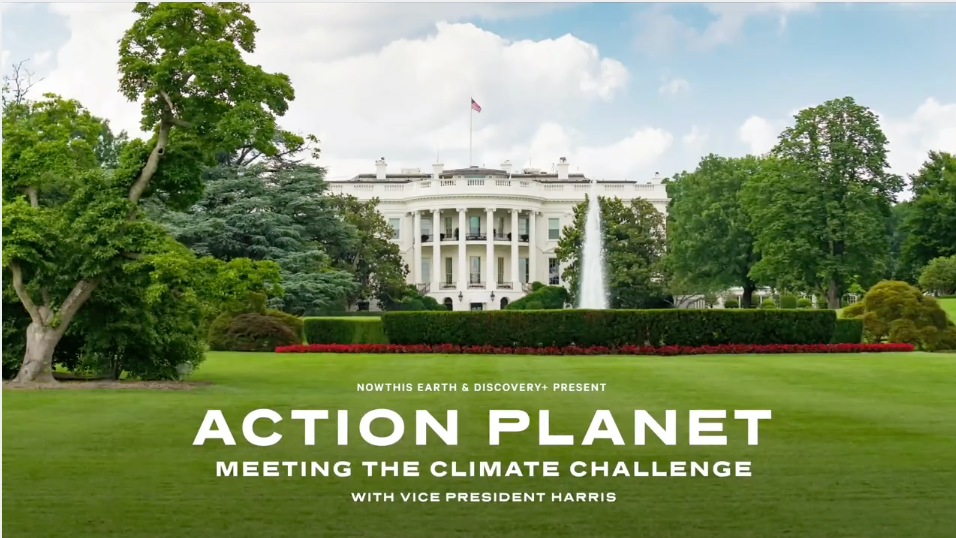
Action Planet: Meeting the Climate Challenge
Our Director Dr. Aaron Bernstein joins Vice President Kamala Harris, Gina McCarthy, and others for a 1-hour Earth Day special, hosted by NowThis' Zinhle Essamuah.
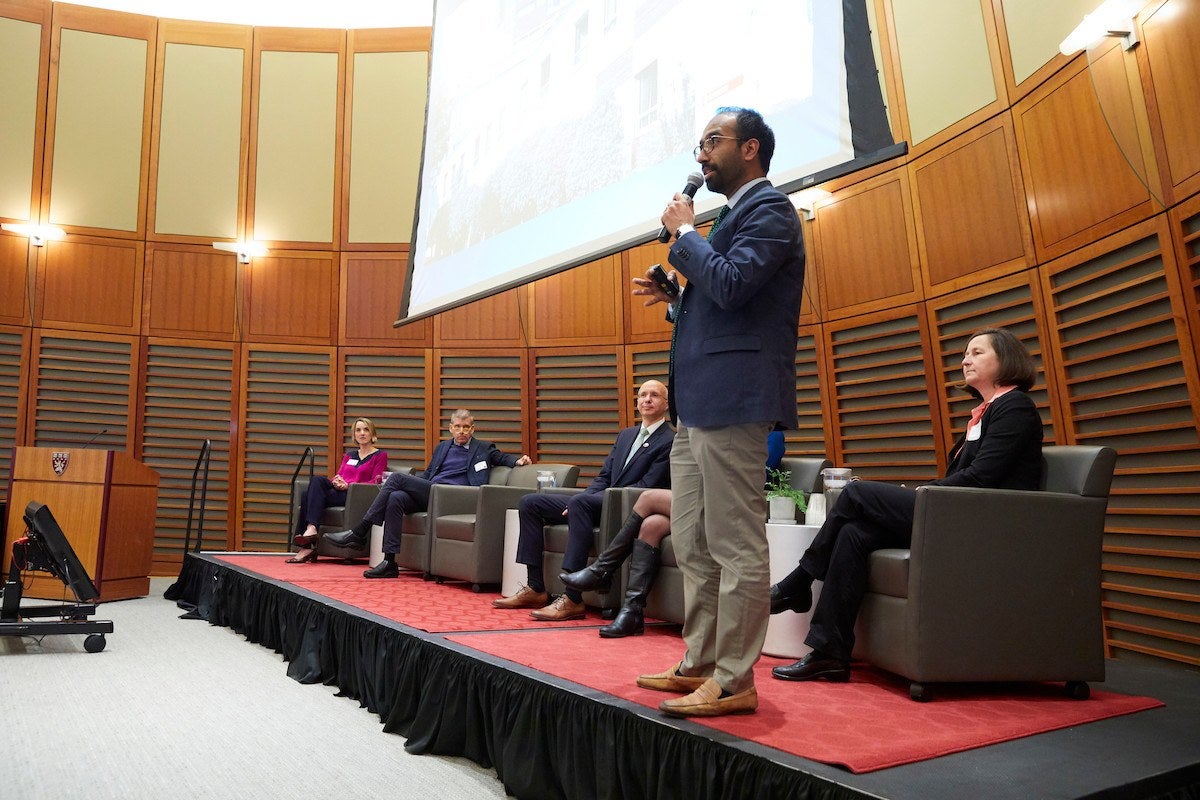
Q&A: Gaurab Basu on climate change, racial justice, and COVID-19
Gaurab Basu, a physician with the Cambridge Health Alliance and a health equity fellow at the Center for Climate, Health, and the Global Environment at Harvard Chan School, discusses how a legacy of racist policies in the U.S. have left communities of color ill-prepared for climate change and why applying a racial justice framework to…

COVID-19 RECOVERY SERIES: COVID-19 and Climate Change: A True Public Health Crisis - An Interview with Renee N. Salas, M.D., MPH, M.S.
Our Climate MD Leader Dr. Renee Salas talks about the intersection of climate change and COVID-19 in her work as an Emergency Medicine physician.

We’re better off when we stop pandemics before they start
On this episode of Better Off, our director Dr. Aaron Bernstein explains how protecting the environment could also secure the future of our own species.

Calling Covid-19 a Crisis of Humanity's Own Making, Coalition Says Healing 'Broken Relationship With Nature' Key to Stopping Next Pandemic
"The Covid-19 vaccines will help rescue us from this current mess, but it won't do a thing to protect us from the next pandemic," says our Director Dr. Aaron Bernstein.
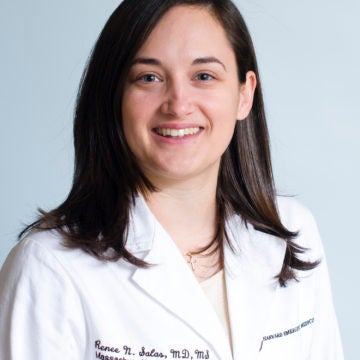
Renee N. Salas MD, MPH, MS
Renee's work focuses on the intersection of the climate crisis, health, and healthcare delivery.
